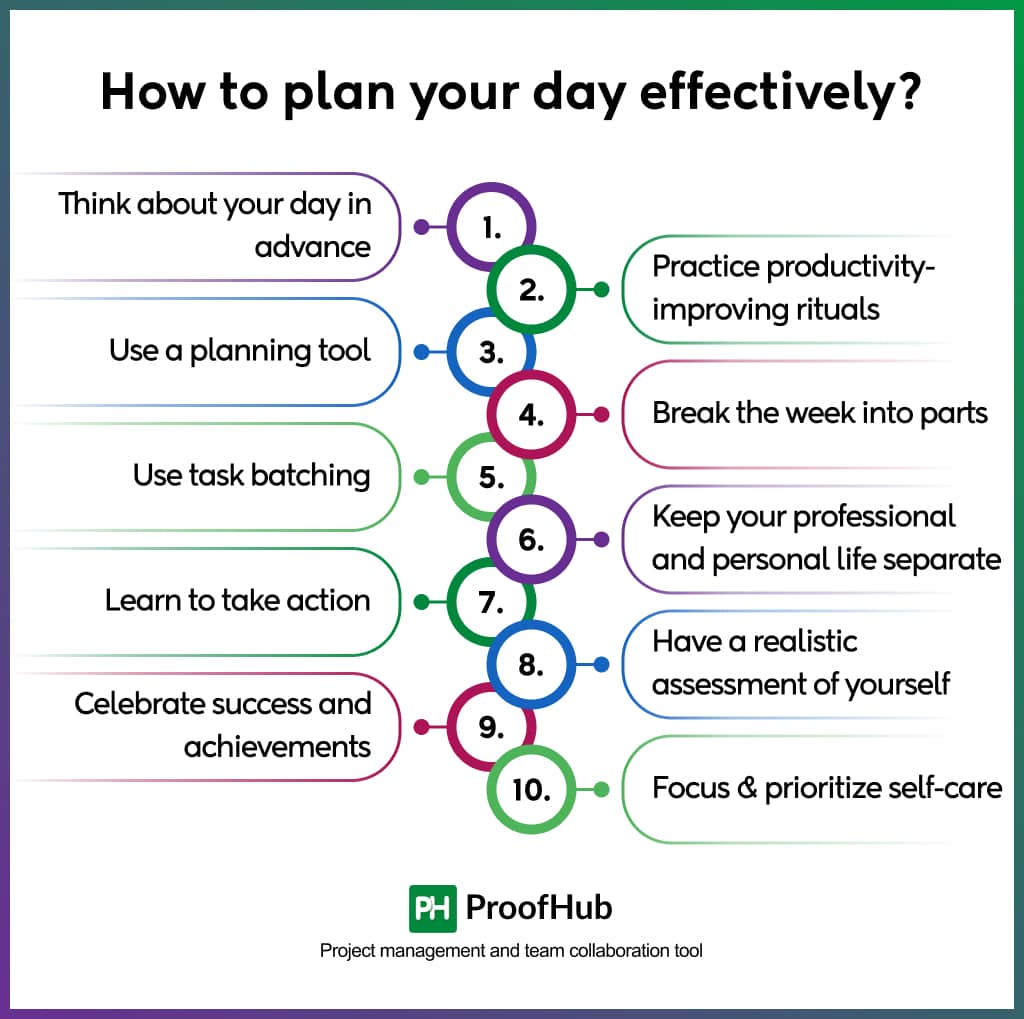Planning Every Hour Made Me Feel in Control—But Not in Tune
At first, I thought my chaos was a time problem. I built hourly schedules, stacked tasks, color-coded calendars. Everything looked organized. But inside, I still felt scattered. Even when I followed the plan, I’d end the day feeling hollow or irritated. That’s when it hit me: structure wasn’t the problem. Emotional disconnection was. I was managing time, but I wasn’t managing myself.
My Schedule Told Me What to Do—But Not Why I Couldn’t Do It
When I froze in front of my laptop, I didn’t know why. The task was clear. The time was blocked. But I felt stuck. No matter how well I planned, I couldn't always act. I’d blame laziness or distraction. But that wasn’t it. I had needs I couldn’t name—emotional blocks that didn’t show up on the calendar. My brain had logic. My body had resistance. And only one was being heard.
What You Can’t Name, You Can’t Navigate
Once, in the middle of a stuck moment, I finally paused and asked: “What do I need right now?” Not “What should I do?” but “What’s missing inside me?” That shift changed everything. I realized I wasn’t tired—I was overwhelmed. I wasn’t bored—I was afraid. Before that moment, my emotions were just noise. But naming them made them usable. You can’t meet a need you refuse to recognize.
Naming the Need Calms the Nervous System
There’s psychology behind this. When we identify and label our emotional state—like saying “I feel anxious” instead of just acting restless—it actually reduces the intensity of that emotion. It’s called affect labeling. Brain scans show it calms the amygdala, our threat center. In simpler terms: naming how we feel reduces the panic. That’s why naming a need helped me move forward more than any time block ever could.
Most Procrastination Is Emotional, Not Logical
I used to treat procrastination like a time defect. But now I see it’s an emotional signal. It’s my system saying, “I don’t feel ready,” “I don’t feel safe,” or “I don’t feel capable.” When I ignored that and tried to push through, the resistance only got stronger. But when I named the real need—like support, or clarity, or permission—the resistance melted. Naming needs turned friction into flow.
A Planner Organizes Tasks—But Naming Needs Organizes You
You can be fully scheduled and still deeply scattered. Because being “organized” isn’t about having a plan—it’s about having inner alignment. That’s what naming my needs gave me. I stopped arguing with my emotions. I stopped shaming my slowness. I started asking, “What do I need to feel right enough to start?” Once I did that, the plans felt natural, not forced. I began following them because they were synced with how I felt—not because I had to.
Now My Day Starts With a Feeling Check, Not a Checklist
I still write to-do lists. I still make plans. But now, I start with a different kind of question. Not “What’s next?” but “How am I?” I ask what I need emotionally before I ask what I should do externally. Sometimes the answer is “comfort.” Sometimes it’s “quiet.” Sometimes it’s “encouragement.” Then I build my day around that. It’s not about doing less. It’s about doing what’s rooted in truth.
When I Named My Needs, My Plans Finally Worked
It wasn’t the planning that was broken. It was the part of me that got ignored inside the plan. Once I let my emotional needs into the room, things began to click. I started finishing projects I used to abandon. I started honoring rest without guilt. I made fewer decisions—but better ones. Naming what I needed wasn’t a detour from productivity. It was the path to sustainable productivity.
The Real Shift: From Managing Time to Leading My Inner Life
I used to think discipline was about forcing myself to follow a plan. Now I know true discipline is about listening. Leading. Tending. I don’t want to manage time like a machine anymore. I want to lead myself like someone who matters. And people who matter… get asked how they’re feeling. That’s what changed me. I stopped treating my emotions like obstacles. I started treating them like signals.
